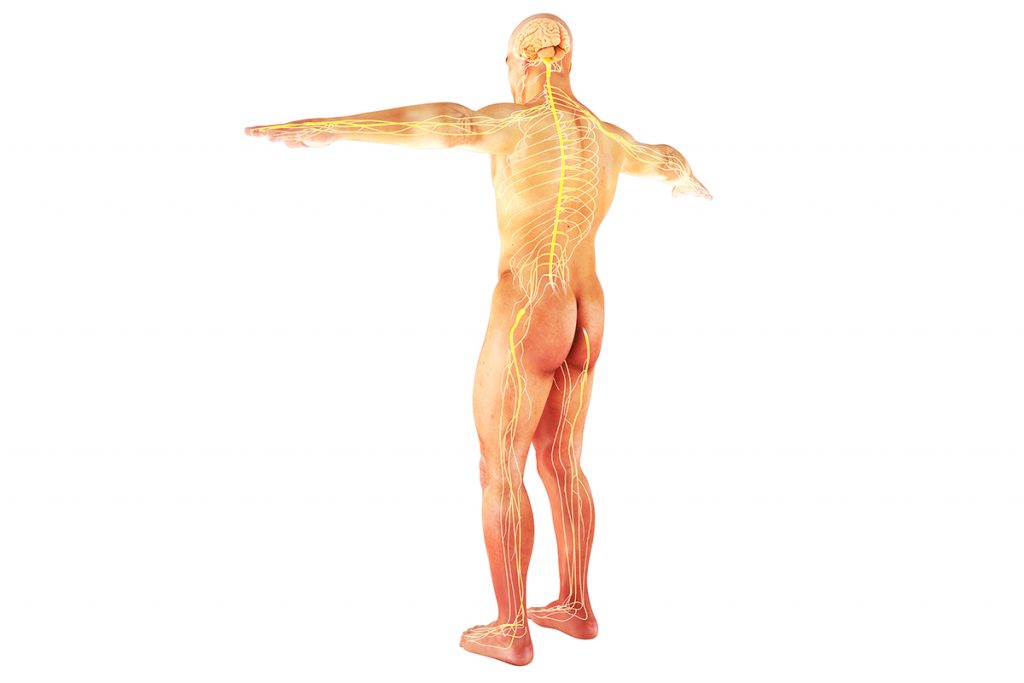Sciatic Nerve Functions
The sciatic nerve supplies skin and muscles in the thigh, calf, and foot. It is responsible for sensory functions such as pain in the legs. It also plays a role in leg movements. Walking, climbing, and ankle movement all involve the sciatic nerve.
The sciatic nerve can become compressed or inflamed. Therefore, interfering with leg muscle function. Trauma to this nerve can also cause sensory problems in the leg. You may feel numbness, tingling, or even burning sensations.
Muscles of the Sciatic Nerve
The nerve travels through the pelvis via the greater sciatic foramen. All muscles along the way supplied with nerves. The nerve is undivided and extends from the pelvis to the knee. However, here it divides into two branches. The tibial and common peroneal splits have nerve fibers from the lumbar nerve roots.
Undivided nerve. This nerve innervates hamstring muscles and the short head of the biceps femoris muscle. However, it runs along the back of the leg. In fact, the adductor Magnus muscle on the inner side of the thigh is supplied too.
Tibial branch. This branch is taken from spinal nerves L5, S1, S2, and S3. It supplies the calf muscle. However, part of this branch also holds the outer ankle and heel.
Peroneal branch. This branch runs through L4, L5, S1, and S2 spinal nerves. It supplies the front and outer side of the leg. The skin over the webspace of the toes is also a nerve supply.
Motor Functions of the Nerve
The muscles that move your leg and foot are powered by the sciatic nerve. The important motor functions performed include the following:
- Foot inversion: the movement towards the midline
- Foot eversion: the movement away from the midline
- Dorsiflexion: pointing the foot upwards
- Plantar flexion: Pointing the foot downwards
- Toe flexion: pointing toes up
- Toe extension: pointing toes down
- Knee flexion: bending the knee
- Hip adduction: bringing the thighs together towards the midline
Any impairment to the sciatic nerve interferes with these movements. Therefore, moving can be stiff and painful. And sciatica will develop if a nerve root is damaged. However, any part of the leg supplied by that nerve branch will be affected.
Should the main body of the nerve becomes impaired, sciatic neuropathy develops. Symptoms are more widespread and can occur in several leg locations. Motor impairments of the sciatic nerve typically include:
- Trouble bending the leg
- Difficulty standing on tiptoe
- Inability to walk
Sensory Functions of the Sciatic Nerve
This nerve is responsible for sensations to different parts of the leg. When affected, the skin in the area can experience symptoms. Tingling, numbness, and some pain can occur. Impairment is determined by the nerves location. The most commonly affected areas, such as:
- Thigh (front, back, and outer)
- Lower leg (front, back, and outer)
- Foot (top and outer side)
- Sole
- The web between first and second toes
An impacted nerve root will cause symptoms to areas supplied by the nerve. So, L5 nerve root damage affects the outer side of the leg. The web between the first and second toe may also be affected. Therefore, you can easily identify areas of pain when a nerve root is affected.
Sciatic neuropathy is often more severe and widespread. However, symptoms vary across individuals. In fact, tingling or numbness can be felt in several areas throughout. The complex features of the sciatic nerve make it prone to trauma. Therefore, nerve impairment common. Symptoms can be motor or sensor. So, identifying the leg, arm, or back pain source is often the best treatment course.
So, if you suspect sciatic nerve problems, call us at 888-409-8006. You can also learn more about our award-winning spine specialists here.

